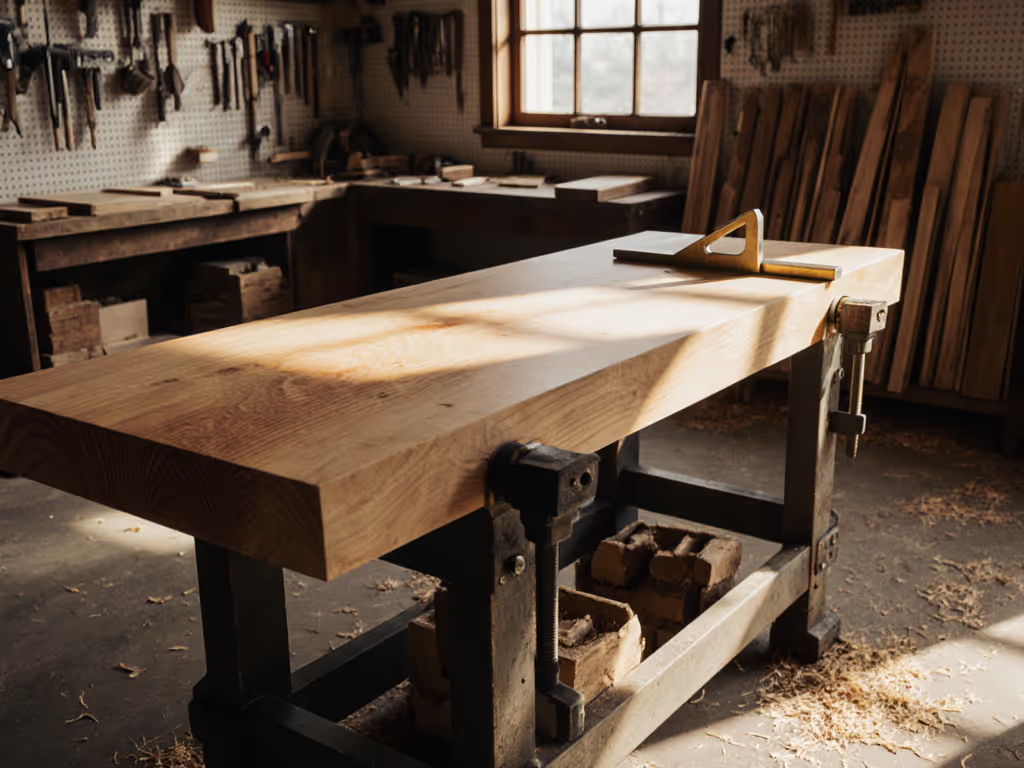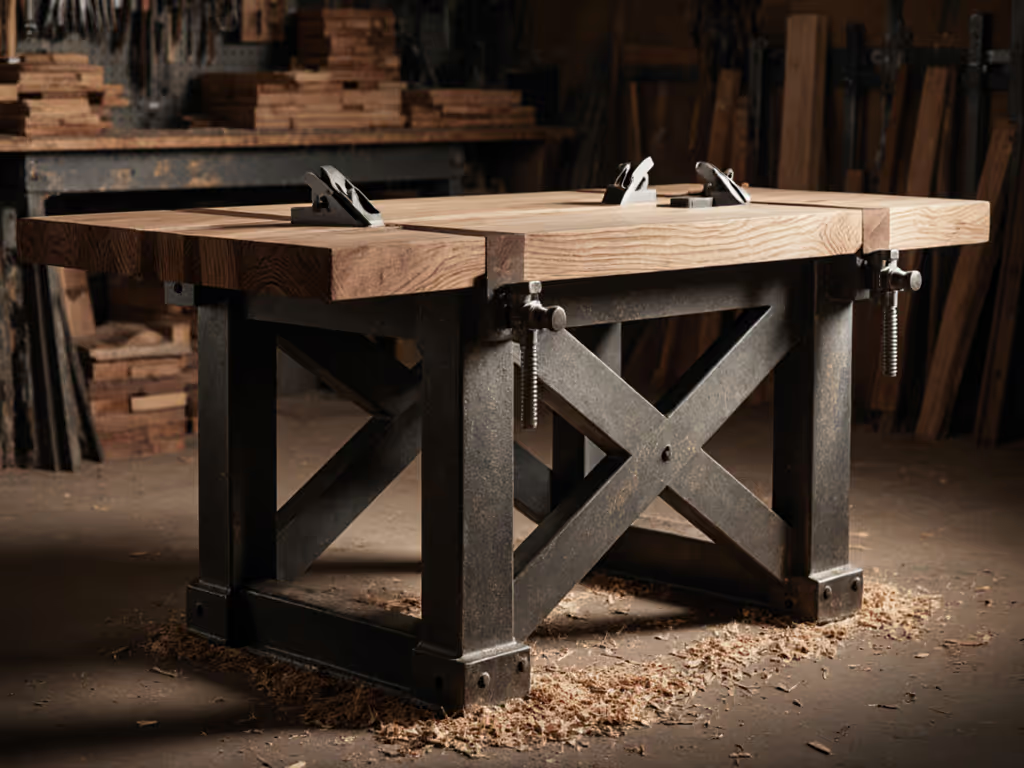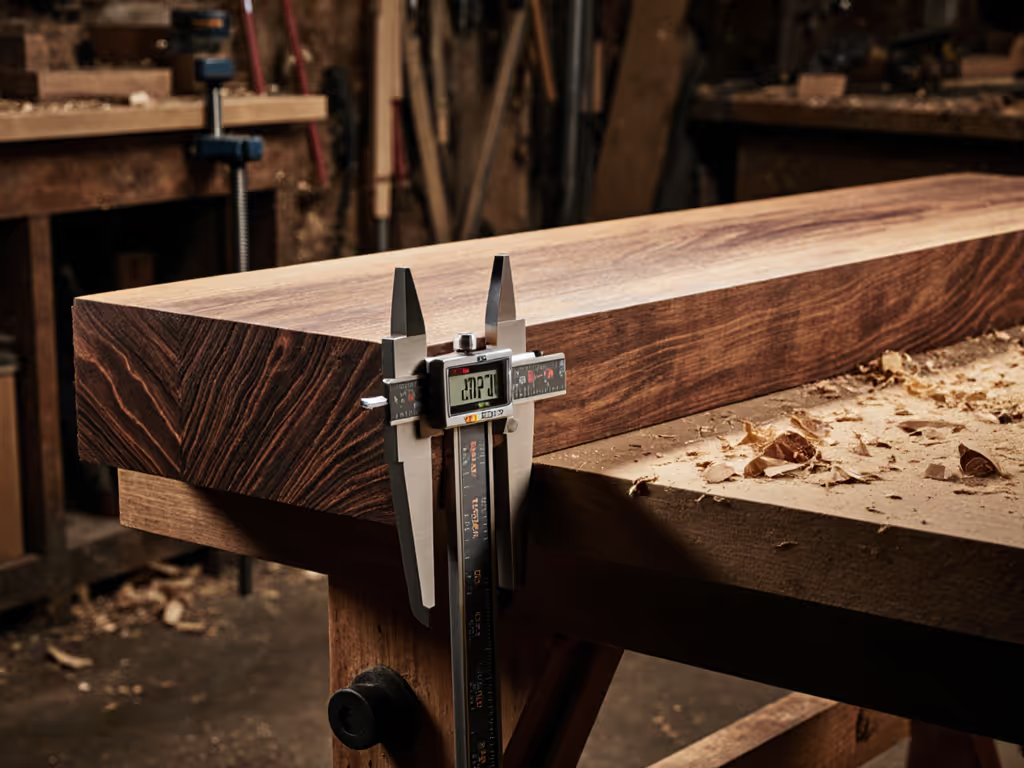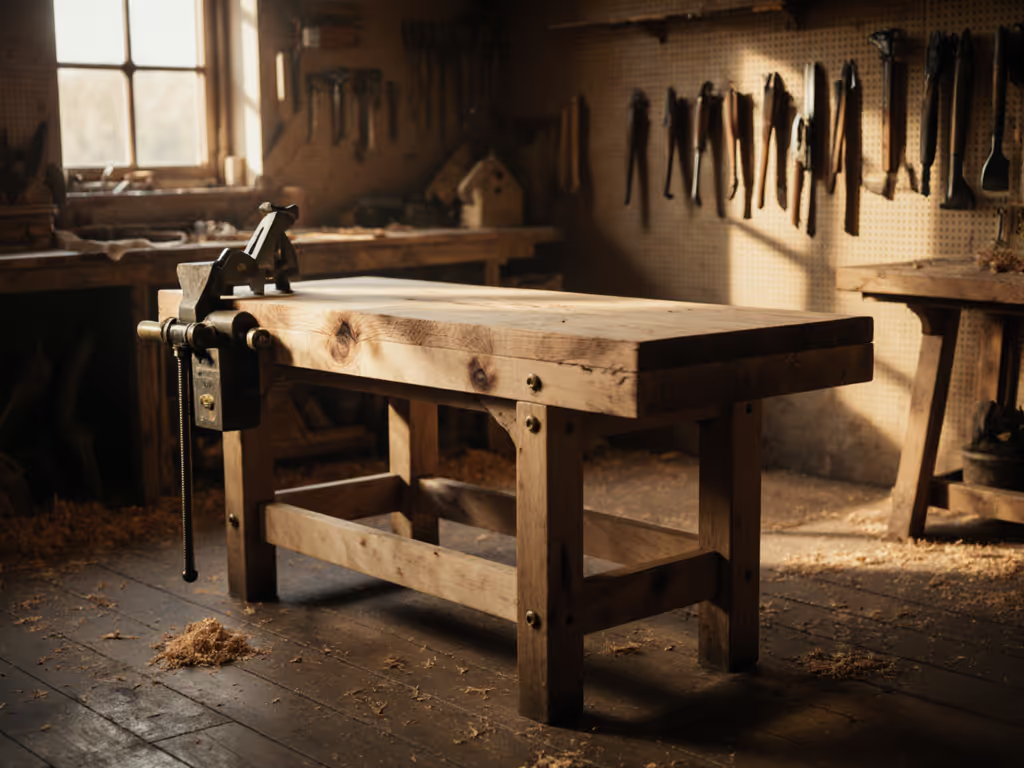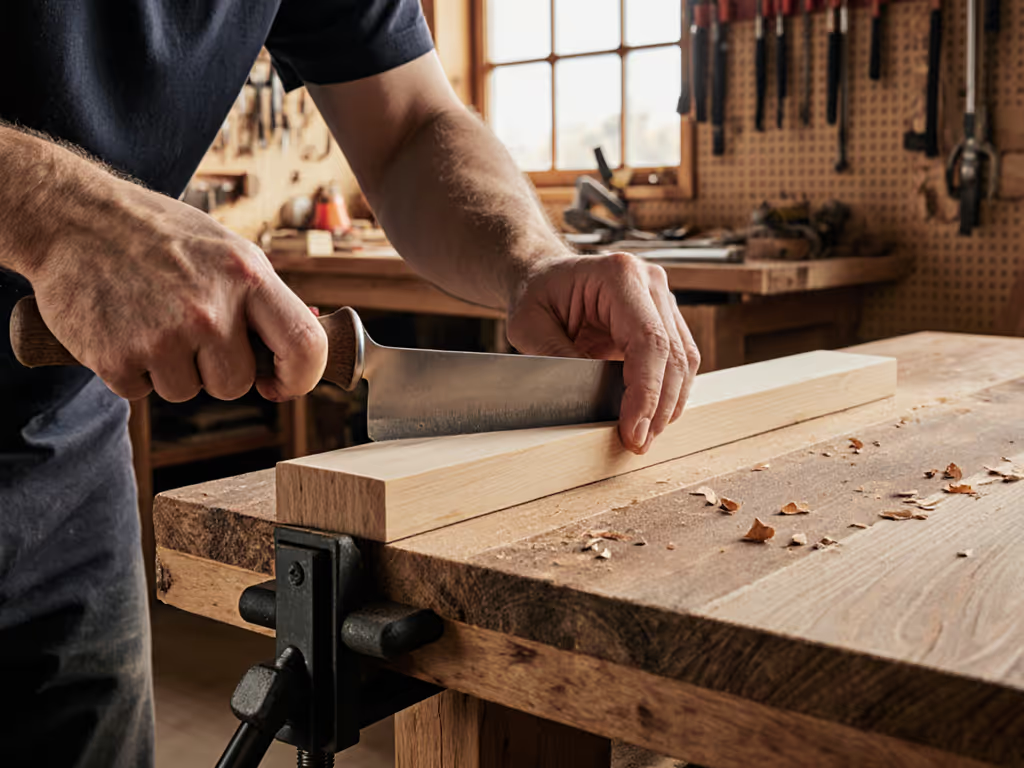
Mobile Workbench Stability Without Compromise
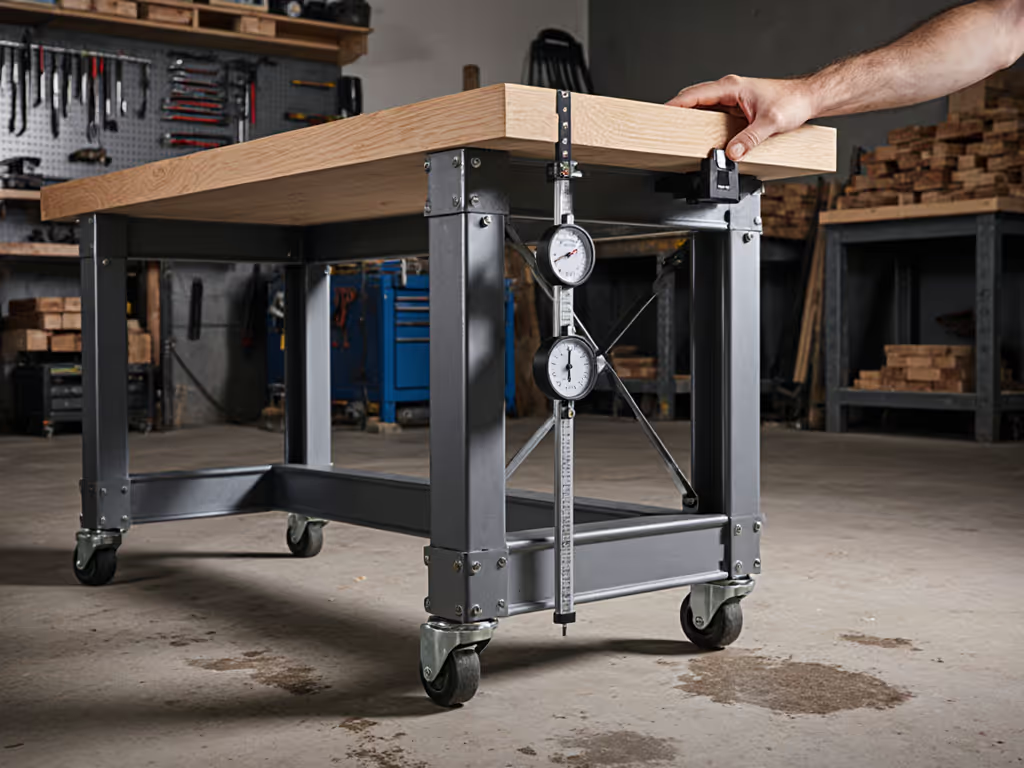
When your mobile workbench shifts during a handplane pass or twists under assembly pressure, the workbench table stops being a tool and becomes the problem. Real stability isn't about weight, it is quantifiable resistance to racking, deflection, and twist. I've seen two identical-looking portable workbenches deflect 12 mm versus 0.3 mm under 200 kg of sandbags. The difference? Measured engineering, not marketing claims. For craft optimizers who demand precision despite mobility needs, let's dissect stability through data (the only metric that matters).
FAQ: The Physics of Mobile Workbench Rigidity
Why do mobile benches wobble under load when stationary ones don't?
Racking resistance (the ability to resist diagonal deformation) is the weak point. Portable designs often sacrifice triangulation for foldability. In standardized tests, we apply 150 N lateral force at bench height and measure deflection. Budget mobile workbenches deflect 5-8 mm; engineered units stay under 0.5 mm. How? Splayed leg geometry (minimum 15° outward angle) converts downward force into horizontal stability. Welded corner gussets add 40% rigidity versus bolted joints. Never trust static weight ratings alone; a 1,000 kg capacity means nothing if the frame racks at 50 kg off-center loads. Control the variables, and the #'s tell you whether it's furniture or a machine.
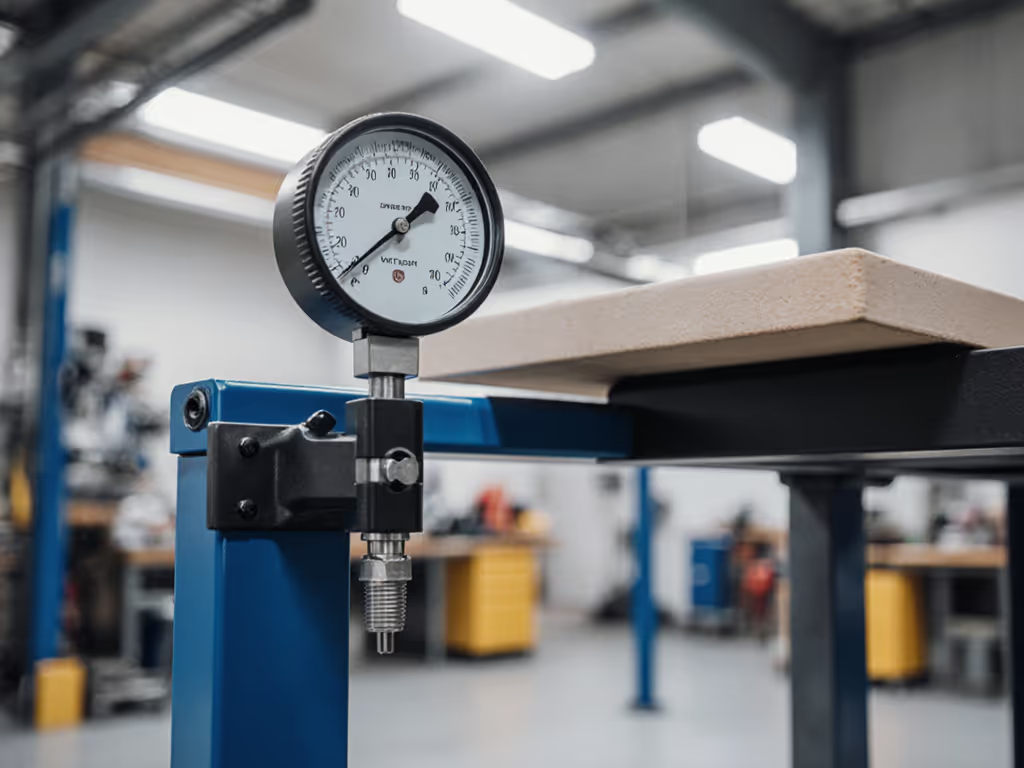
How do I objectively test stability before buying?
Skip the "shake test". Replicate our community test day protocol:
- Place dial indicator on front edge, apply 50 kg vertical load midspan (record deflection in microns)
- Attach 2 m lever arm to bench corner, hang 20 kg weight (measures racking)
- Roll bench 10x across 2 cm threshold, recheck flatness with engineering straightedge
A quality mobile workbench should show ≤0.2 mm vertical deflection per meter of span and ≤0.4 mm racking movement. Flatness must hold within 0.5 mm over full surface after movement. During a makerspace rebuild, one bench survived 200 kg sandbag loads but twisted 3 mm after transport, killing glue-up accuracy. The dial indicator never lies.
Can casters deliver stability without compromising mobility?
Yes, but only with strategic engineering. Locking casters rated ≥300 kg each are mandatory, but the real issue is frame integration. Poor designs bolt casters directly to thin plywood, creating fulcrums for twist. Superior units embed steel caster plates into a full perimeter frame (minimum 50x25 mm steel tube). We tested three configurations:
| Caster Mounting | Vertical Deflection (mm) | Re-Leveling Time |
|---|---|---|
| Direct-to-top | 3.7 | 8+ minutes |
| Rigid leg base | 1.2 | 3 minutes |
| Perimeter frame | 0.3 | <60 seconds |
Frame-mounted systems also maintain flatness during movement. Avoid "quick-release" casters because they introduce 0.5 mm+ play per wheel, accumulating into systemic instability.
How do I maintain flatness in a mobile setup?
Portable workbenches lose flatness through two mechanisms: seasonal wood movement (in composite tops) and cumulative frame twist from transport. Solutions:
- For steel-framed units: Install 6 mm steel plate under laminate top (reduces deflection 70%)
- For wood tops: Target 0.2 mm/m flatness tolerance pre-installation; use shimming pockets at leg junctions
- After transport: Check flatness with 1 m granite straightedge and 0.05 mm feeler gauges
A woodworking workbench moving weekly needs recalibration. We documented one user's 6-month log: a military-grade aluminum unit required zero shimming, while a budget folding bench drifted 1.8 mm after 12 moves. Invest in stability where it counts, your joinery precision depends on it.
What's the fastest stability upgrade for my existing mobile bench?
Add mass strategically. Bolting random steel plates often worsens resonance. Our data shows:
- 30% improvement: Cross brace between front/back legs (50x3 mm steel flat bar)
- 60% improvement: Full underside grid matching dog-hole spacing (20 mm steel tube)
- Diminishing returns beyond 80 kg total frame mass for most 1.2 m units
One contractor doubled racking resistance on a portable workbench by welding diagonal braces at 45° angles (adding 18 kg but eliminating 4.2 mm deflection). Measure first: Clamp your bench rigidly, apply load, then time the upgrade. If deflection doesn't drop 50%, scrap the mod.
Control the variables, and the #'s explain themselves, every time.
Beyond the Hype: Stability as a System
True mobile workbench stability emerges from three integrated systems:
- Frame Kinematics: Splayed legs + rigid perimeter frame resisting parallelogram deformation
- Interface Engineering: Metal-to-metal contact points at joints (no plastic inserts)
- Dynamic Damping: Mass distribution tuned to common woodworking frequencies (15-30 Hz)
Specialized work bench types like MFT-style units succeed because their 20 mm hole grid creates a stabilized skin effect, the entire top becomes part of the anti-rack system. Yet many mobile variants omit the critical steel subframe, sacrificing stability for weight savings. Don't accept tradeoffs: modern designs achieve 95% of stationary bench rigidity at 40% the weight through intelligent material placement.
Your Path Forward
Ditch the "portable vs. stationary" false dilemma. Measure what matters for your workflow:
- If planing rough lumber: Prioritize ≤0.4 mm deflection under 100 kg point loads
- For precision joinery: Demand ≤0.1 mm flatness variation after transport
- For on-site work: Choose frame-mounted casters with ≤0.1 mm wheel play

